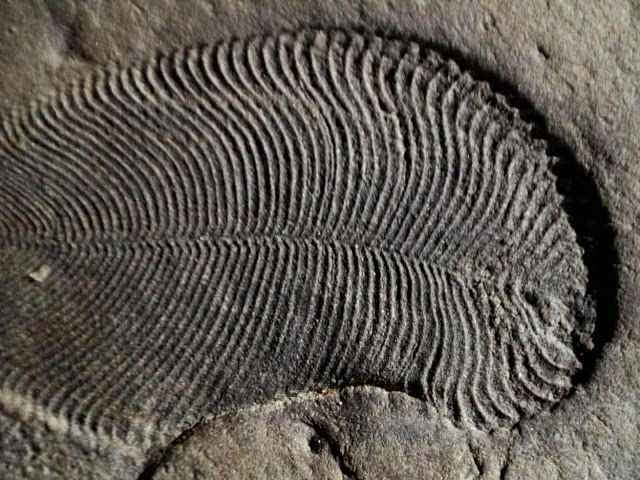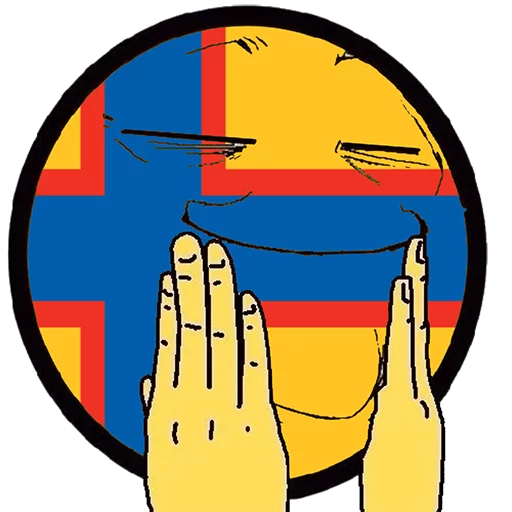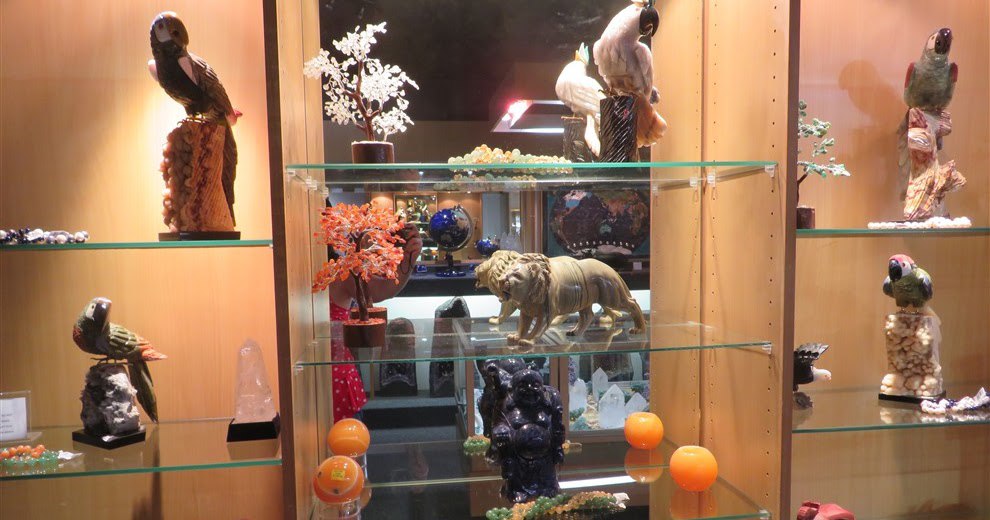In 1992 seven authorities among paleontologists were asked by evolutionary biologist Rudolf Raff to specify the affinities of Dickinsonia and they gave seven different answers (Raff 1996). The published alternative attributions include an independent eukaryotic kingdom Vendozoa or Vendobionta (Seilacher 1989, 1992) of quilted marine protozoans, giant protists like xenophyophore foraminiferans (Seilacher et al. 2003), terrestrial lichens or mushrooms (Retallack 1994, 2007, 2012), benthic placozoans (Rozhnov 2009, 2010, Sperling & Vinther 2010), comb jellies/ctenophores (Zhang & Reitner 2010), cnidarians (pelagic jellyfish or sessile corals or sea anemones) (Sprigg 1947, 1949, Harrington & Moore 1956, Erwin 2008, Valentine 1992, Buss & Seilacher 1994), platyhelminth/turbellarian flat worms (Termier & Termier 1968, Fedonkin 1981), annelid worms related to the recent genus Spinther (Glaessner & Wade 1966, Wade 1968, 1972, Glaessner 1979, Cloud & Glaessner 1982, Runnegar 1982, Gehling 1991, Jenkins 1992), an extinct higher animal phylum Proarticulata (Fedonkin 1985, 1990, Ivantsov 2007), or an extinct animal class Dipleurozoa (within Proarticulata) possibly related to chordates and/or nemerteans (Dzik & Ivantsov 1999, Dzik 2003, Fedonkin 2003), the sister group (together with the Ediacaran frond-like taxa) of Eumetazoa (Hoyal Cuthill & Han 2018), or a position among basal bilaterian animals (Gold et al. 2015), or an unresolved attribution to Metazoa incertae sedis (Hoekzema et al. 2017). All of these disparate attributions have been disputed by other eminent scientists.






